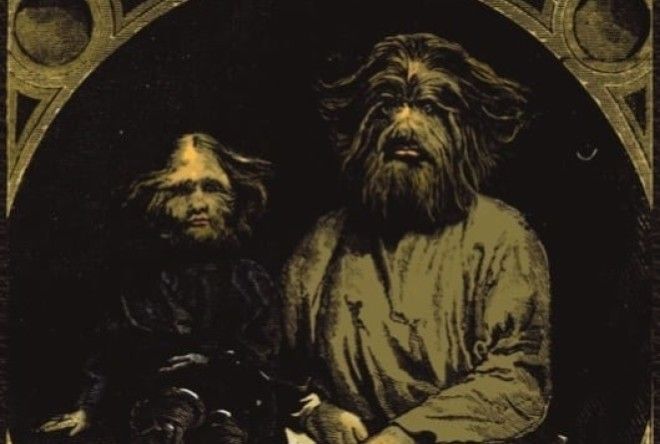1. Victorian doctors used to masturbate their patients.
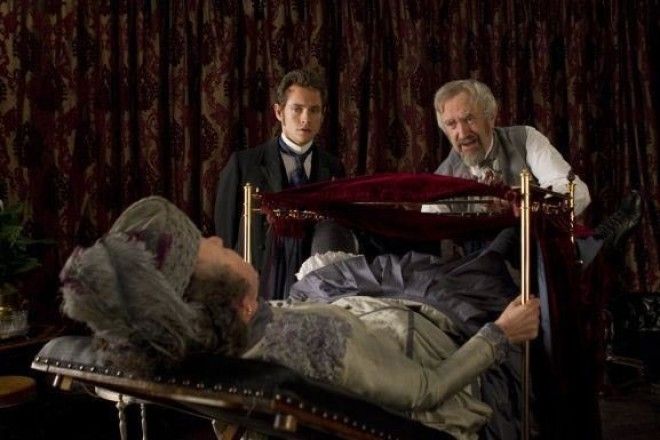
Women's "hysteria" (i.e. anxiety, irritability, nervousness, and other symptoms of being a woman with few rights in a restrictive patriarchal society) was seen as a serious problem during the Victorian period. But doctors discovered these symptoms could be temporarily relieved with a “pelvic finger massage” (heh) that, if done correctly, would induce a “hysterical paroxysm.” Well...yes indeedy.
2. Women's underwear was crotchless. No, really.
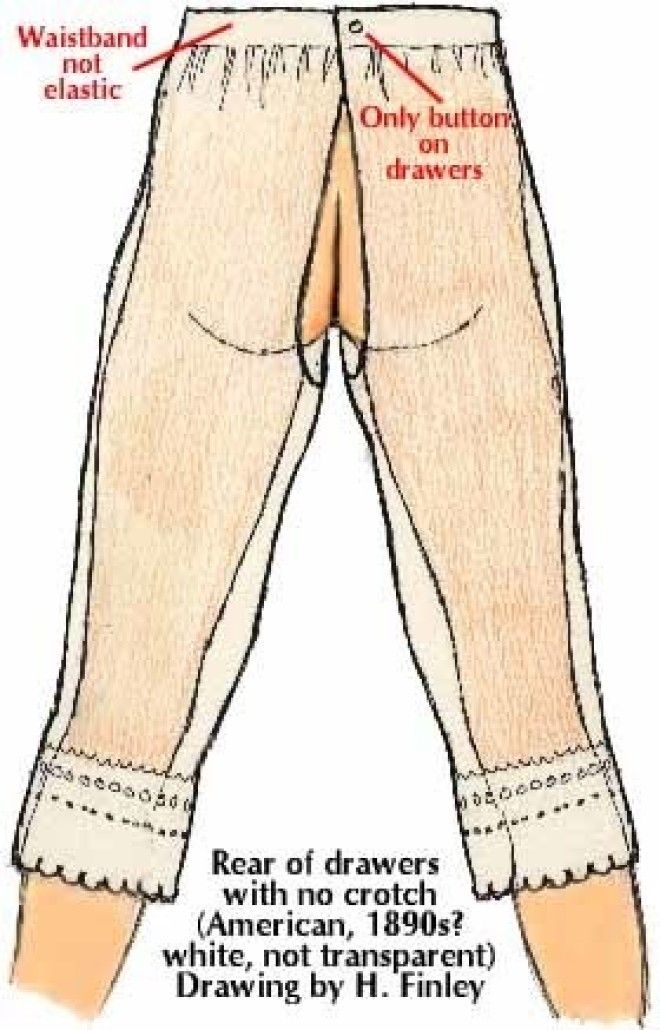

The base layer of any woman's outfit was a pair of long bloomers like the ones above. But these bloomers were only designed to cover each leg, not the "unmentionables". This was to allow women to use the toilet more easily, and also because dresses were so heavy and comprised of several layers, which kept everything hidden. TL;DR, Victorian vaginas had a direct line of sight to the floor.
3. Which is one of several reasons that periods were a bloody nightmare at that time.

Many historians believe that – in the absence of commercial sanitary pads, and because women wore so many layers – most women would do nothing and bleed freely into their undergarments. Other "solutions" included using a baby's nappy held in place by a belt, or sticking sheep's wool to the vulva using lard. Thank god we now have tampons.
4. Oh, and women were thoroughly hairy, everywhere.

There were no such thing as ladies' razors, and although depilatory creams existed, they were highly toxic and only for use on the face, hands, and arms. So pits, legs, and bushes were plentiful...and hidden under several layers of fabric, so it didn't really matter.
5. The Thames was so full of sewage and dead animals that you could pretty much walk across it.

By 1860 thousands of tons of raw fecal matter was being dumped into the Thames on a daily basis as there was no other repository for sewage. Oh, and it was also the main source of drinking water for the city, too. People died in their thousands from dysentery, cholera and typhoid. People thought the contaminated air was making them ill. Nope.
6. And the streets were unbelievably disgusting too.
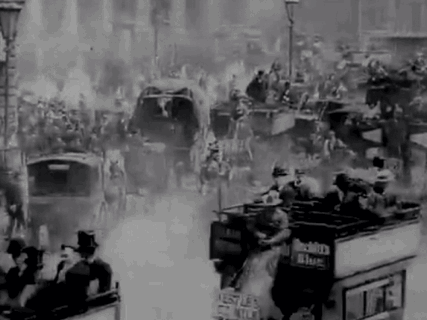
Writing in 1891, a Lady Harberton reported that her long dress had collected two cigar ends; nine cigarettes; a pork pie, four toothpicks; two hairpins; one slice of cat’s meat; half a sole of a boot; one plug of tobacco (chewed); straw, mud, scraps of paper, and miscellaneous street refuse (poo)." during the course of a short walk through London.
7. In the 1860s, dresses became so wide that women would frequently get stuck in doorways.
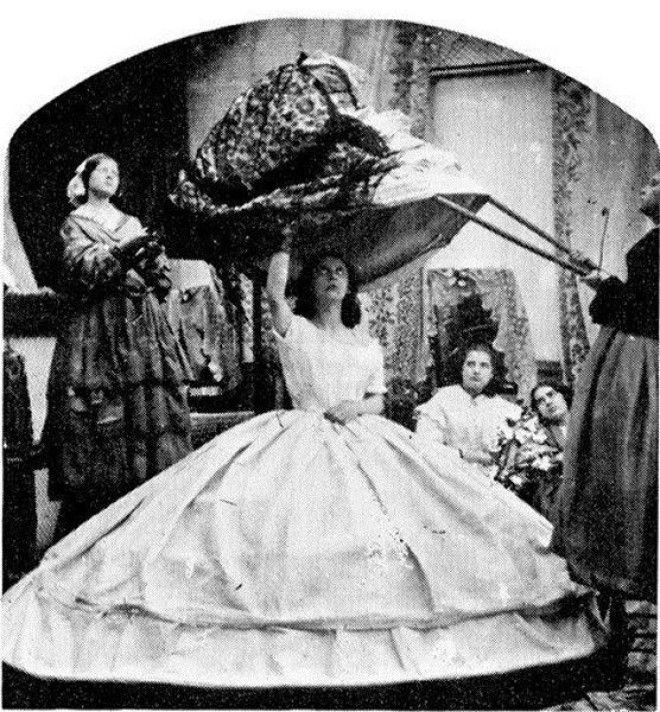
The "crinoline period" ran from 1850 to 1870, and involved layering several (increasingly ornate) skirts over a large wooden hoop to create truly massive outfits. As well as obstructing doors, crinoline-clad women frequently set themselves on fire by brushing against candles, so the trend didn't last that long. Satirical magazine Punch advised husbands to register their wives at the fire insurance office.
8. Contaminated and adulterated food was rife.

Before pasteurisation was discovered, milk could spread tuberculosis. You couldn't really trust anything else you bought either, especially in big cities. Unscrupulous traders would sell rotten meat dressed with the fat of fresh meat, bakers would add alum and chalk to make bread look whiter; other tricks included adding arsenic to pickles and other preserved foods to cause an increase in tanginess. And, presumably, death.
9. Queen Victoria had her chefs cook a vat of curry daily, even though she couldn't stand it.
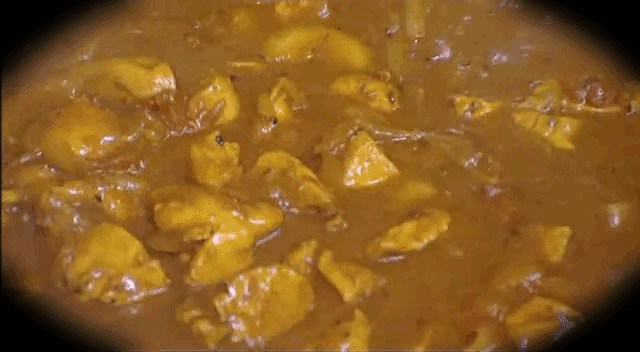
She reportedly hated all things spicy, but as Empress of India she insisted curry was available all the time just in case a "visiting oriental" popped by. It wasn't that nice, though. The recipe called for curry powder to be added to already-cooked ingredients at the last minute, so it was eye-wateringly spicy and powdery.
10. She enjoyed most other foods, though, and ate them at the speed of light.

Victoria had a strict upbringing and wasn't allowed to eat much as a child, so when she became Queen she vowed to make up for lost time. She also ate her food incredibly quickly, which was a problem for her guests as they were required to stop eating as soon as Queen Vic finished a course, even if they'd only had one bite. By the 1880s, she had a BMI of 32, which would make her obese by today's standards.
11. Toothpaste was made from charcoal and honey.

One magazine shared a recipe for "dentifrice", saying "charcoal and honey, formed into a paste, forms a very excellent preparation for cleaning the teeth with". Charcoal? Maybe. But honey? Nope, it'll just rot your teeth even more.
12. And women tied meat to their faces.

One beauty advice writer said, "bind (your) head, every night, with thin slices of raw beef, which is said to keep the skin from wrinkles and give a youthful freshness to the complexion." If your dog doesn't eat your face in your sleep, of course.
13. "The Dog Faced Boy" was one of the most popular attractions in London and Liverpool in the 1870s.
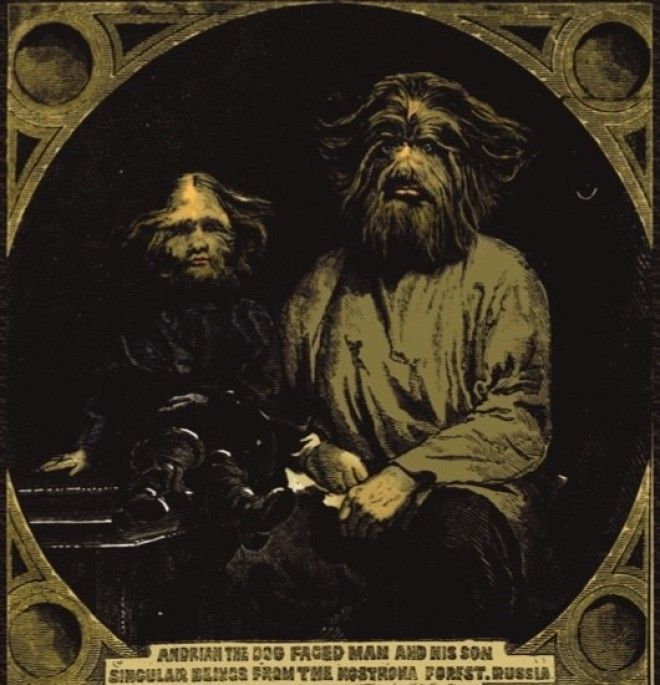
He was a Russian called Fedor, and along with his father Andrian, they were described as "two of the greatest human curiosities of the present age". Their faces were covered in hair, making them look like Skye terriers. Andrian died of complications from alcoholism, but Fedor continued to "perform" for years afterwards.
14. Boys wore dresses until they reached school age.
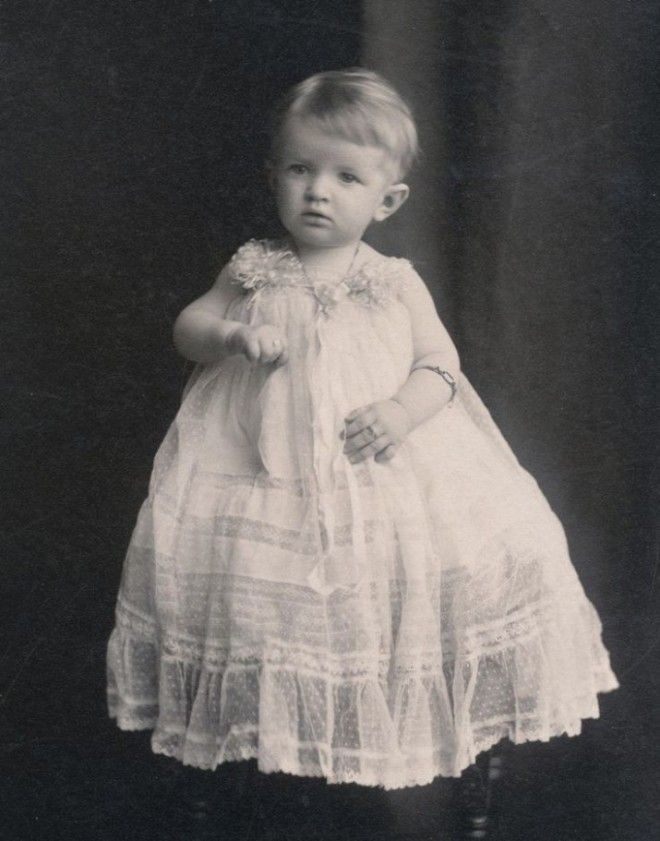
Wealthier families used to dress their young children mainly in white, frilly dresses (the wealthier the family, the lacier and frillier the dress) regardless of gender, and both boys and girls would wear bonnets with ribbons as well. Sounds like a sensible idea.
15. Almost 50% of children died before the age of 5.
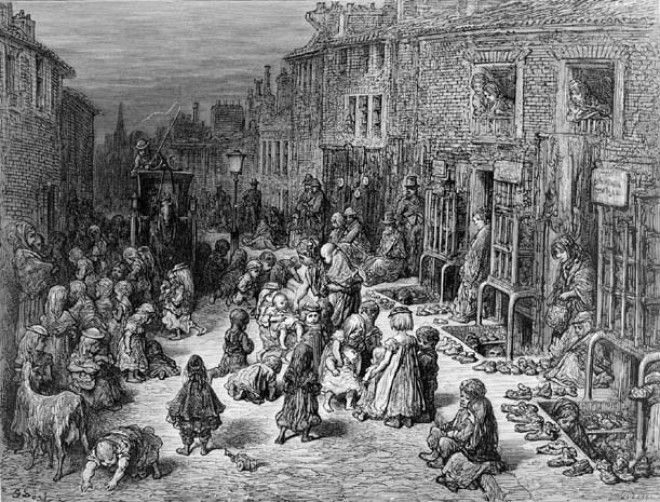
The worst mortality rates of all were in the slums, particularly the notorious Seven Dials area of London, and Angel Meadow, a Manchester slum so terrible it was nicknamed "hell on earth". Over 30,000 workers, mostly Irish immigrants, were crammed into just one square mile, and many Angel Meadow children were left to fend for themselves and survived on scavenged scraps; some even ate stray cats.
16. Grieving families would commission portraits of children's corpses, often posed as if they were still alive.

Rich people would get a photographer to take the image, but poorer people were often reliant on sketch artists. A kind-hearted artist named John Callcott Horsley would often visit morgues for free to sketch images of recently deceased children. This post-mortem image would often be the only likeness of the child the family would ever own.
17. Wealthy people ate calf's ear fritters for some reason.

Nothing went to waste in the gluttonous yet strangely frugal Victorian era. Entire calves' heads were boiled for supper, and their little brains were cooked as a side dish: pink lumps floating in a buttery sauce. The calves' ears were shaved, boiled and then fried. It must have been like going for dinner at Hannibal Lecter's house.
18. And Darwin was addicted to scoffing weird animals.
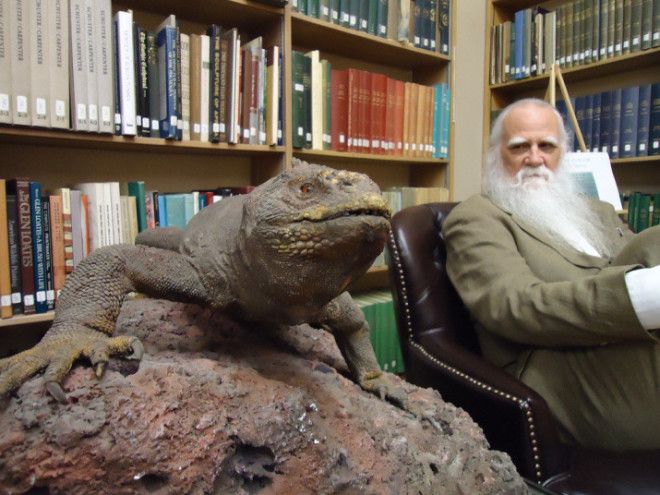
As well as studying rare animals, Charles Darwin also enjoyed chowing down on them. He joined a Cambridge society called the "Glutton Club", and he and his friends ate odd dishes like hawks, squirrels, maggots, and owls. When he was on his voyage of discovery aboard the Beagle, he ate iguanas, giant tortoises, armadillos, and a puma.
Sadly, there's no report of him ever saying "get me an alligator sandwich, and make it snappy."
